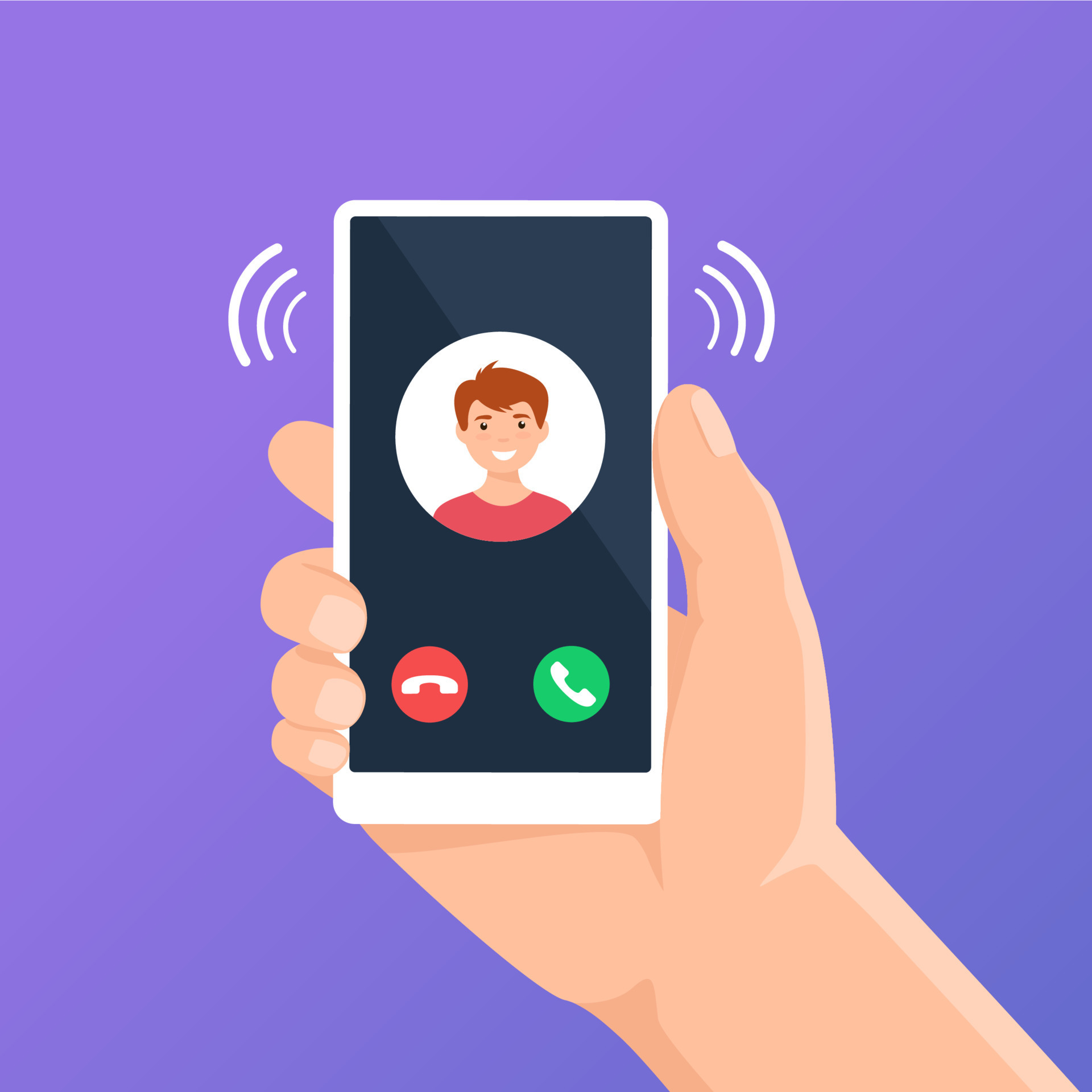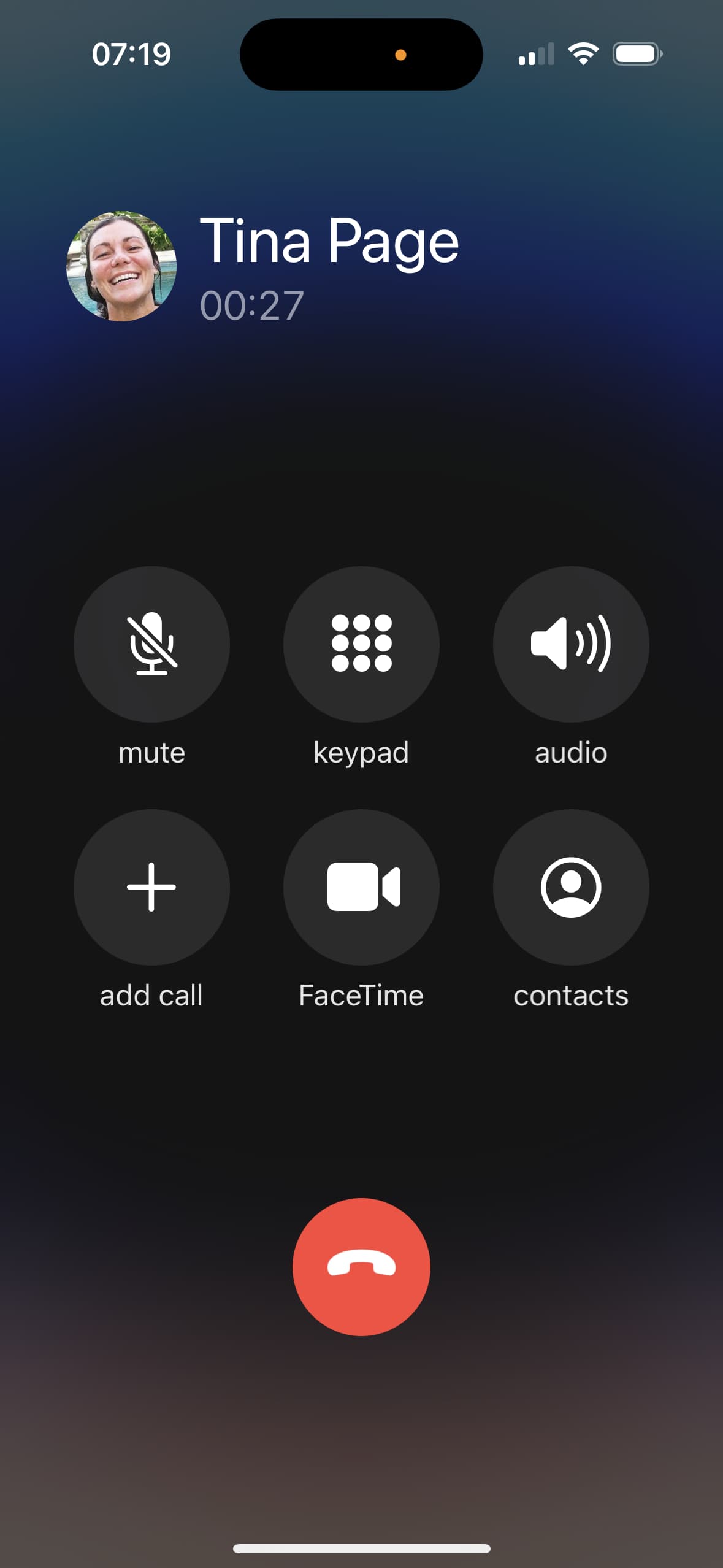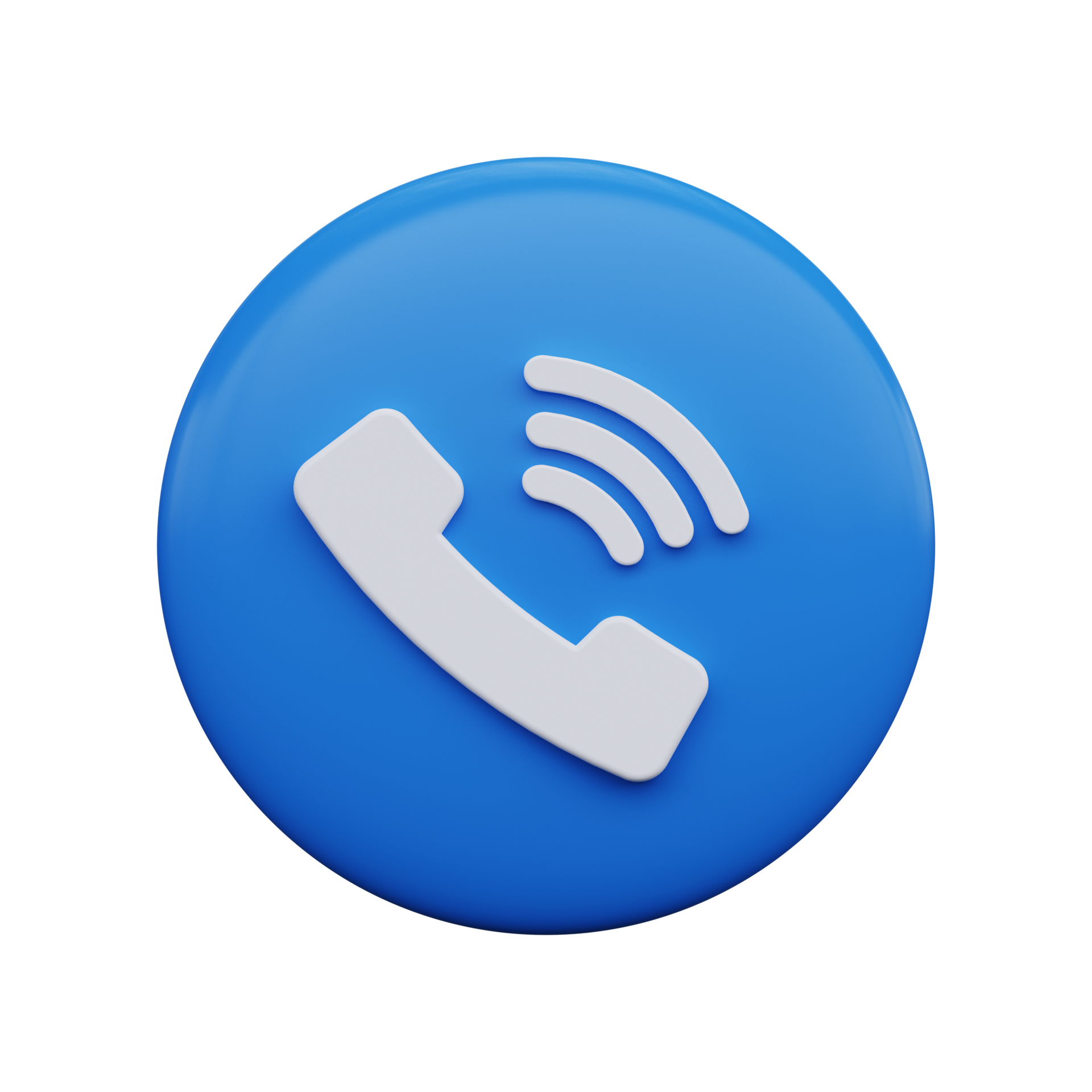AI-Generated Article
This content has been automatically generated using artificial intelligence technology. While we strive for accuracy, please verify important information independently.
Have you ever found yourself wondering how to make a quick connection from your computer, perhaps to chat with a pal or a relative, or even to get some work done? It’s a common thought, you know, especially with so many people relying on their computers for almost everything these days. Getting your voice out there, whether for a casual chat or something a bit more serious, really depends on having the right tools and knowing how they work. This whole idea of making a "call of doodoo" from your desktop is, in some respects, pretty neat, offering a lot of ways to keep in touch without picking up your phone.
It’s not always as straightforward as just clicking a button, though, is that? There are a few things to keep in mind, like which web browsers play nicely with these sorts of calls and what you can and can't do once you're connected. For instance, you might be surprised by some of the little quirks, like certain kinds of calls that just aren't possible through your computer. Knowing these small details can save you a bit of bother and make your "call of doodoo" experience a lot smoother, which is actually quite important for everyday communication.
This guide will walk you through the bits and pieces of making these calls, from figuring out the right software to understanding any costs involved, and even how to handle incoming calls. We’ll also touch on some of the helpful spots where you can get more information if you run into a snag. The aim here is to make the whole process of your "call of doodoo" feel a lot less confusing and a lot more like a simple, everyday task, so you can just focus on talking to the people who matter.
Table of Contents
- Making Your "Call of Doodoo" Happen from a Computer
- Why Can't You Make Emergency "Call of Doodoo" Calls?
- What to Know About the Cost of Your "Call of Doodoo"
- Are There Limits to Your "Call of Doodoo" Features?
- Connecting Your "Call of Doodoo" with Other Devices
- What's Changing with Your "Call of Doodoo" Experience?
- Starting a New "Call of Doodoo" Meeting
- How Does "Call of Doodoo" Handle Unknown Numbers?
Making Your "Call of Doodoo" Happen from a Computer
When you want to reach out to someone using your computer, you've got to make sure you're using the right kind of internet browsing tool, you know? It's a bit like needing the right key for a lock. The systems that let you make these kinds of calls usually need specific browsers to work properly. These include popular choices like Google Chrome, Mozilla Firefox, Microsoft Edge, and Safari. If you're using something else, it might not quite work out, so it’s pretty important to check that first before you try to start your "call of doodoo".
Choosing one of these browsers is really the first step to getting your call going. They are the pathways that allow your computer's microphone and speakers to connect with the person on the other end. Without one of these approved browsers, your computer simply won't have the proper setup to handle the audio and video parts of the call. So, if you're ever having trouble getting a connection, the browser you're using is usually the first thing to look at, as a matter of fact. It’s a bit like making sure your car has gas before you try to drive it.
Why Can't You Make Emergency "Call of Doodoo" Calls?
Now, here's a very important point to keep in mind: while making a "call of doodoo" from your computer is handy for lots of everyday chats, it's not the right tool for every situation. You absolutely cannot use services like Google Voice to make calls to emergency numbers. This is a critical piece of information for your safety and for others, too it's almost the most important safety rule. These computer-based calling methods are just not set up to handle those kinds of urgent, life-saving connections that need to go straight to emergency services.
Think of it this way: for truly urgent situations, you always need to rely on a traditional phone line or a mobile phone that can connect directly to emergency services. Computer calls, while convenient, lack the guaranteed reliability and location-tracking features that emergency responders depend on. So, if you ever find yourself in a tight spot where you need help right away, please remember to use a standard phone, because that is what is built for those very serious moments, you know. It’s a distinction that could make all the difference.
What to Know About the Cost of Your "Call of Doodoo"
Sometimes, when you're making a "call of doodoo" through a service like Google Voice, the call might not be free. It’s good to be aware of this, isn't it? If there's a charge for your call, you'll get a message pop up from Google Voice. This message is pretty clear about what's happening. It will either tell you the exact amount the call is going to cost, or it will let you know that the call is being routed through Google Voice, which can sometimes mean there are charges involved, or it might just be part of a plan.
This little message is really helpful because it gives you a heads-up before you commit to the call. It means you won't be surprised by any unexpected bills later on, which is always a good thing. You can actually find even more details about how these call costs are figured out by looking at the official information provided by the service. So, if you're ever curious about the price tag on your "call of doodoo," that message is your first clue, and there's usually more information available if you want to dig a little deeper, as a matter of fact.
Are There Limits to Your "Call of Doodoo" Features?
When you're making a "call of doodoo" using your computer or even a mobile device, there are some features you might be used to that simply won't work. For example, options like recording a call or transferring a call to another person aren't usually available when you're making these kinds of calls from your desktop or even your handheld gadget. It’s a bit of a limitation, you know, but it’s just how these particular systems are set up for now.
This means if you had plans to record a conversation for notes or to pass a call along to a colleague, you'll need to use a different method of communication, or perhaps a traditional phone line that supports those capabilities. It’s something to keep in mind, especially if you rely on those features for your daily tasks. Knowing these boundaries beforehand can help you pick the right tool for the job and avoid any frustration during your "call of doodoo" efforts, which is actually pretty useful.
On a somewhat related note, if you happen to be using a Bluetooth device for your audio, like wireless headphones or a speaker, you might find that the buttons on that device don't always work for answering or ending calls. It's a common little snag that some people run into. So, if you're trying to pick up a "call of doodoo" and your headphone buttons aren't doing the trick, you'll likely need to answer the call directly on your computer screen or your mobile device, which is usually the way it works, anyway.
Connecting Your "Call of Doodoo" with Other Devices
Speaking of getting help, there are official places online where you can get tips and learn how to use various services that might connect to your "call of doodoo" experiences. For instance, if you're using Google Meet for video chats, there's a specific help center packed with tutorials and answers to commonly asked questions. It's a really good spot to check if you're trying to figure out how to do something new or if you've run into a little problem, you know.
Similarly, if you're using Google Chat for your messaging and, perhaps, some voice interactions, there's an official help center for that too. It's designed to give you all the pointers you need to use the service effectively. And for those who use YouTube TV, there's yet another dedicated help center. These places are basically online libraries of information, put together to help you get the most out of these services and solve any little mysteries that come up during your "call of doodoo" activities, which is actually quite handy.
What's Changing with Your "Call of Doodoo" Experience?
Things are always shifting a bit in the world of online communication, aren't they? There's been a move from older ways of making calls to a newer, more streamlined experience, especially with services like Google Meet. This change means that how you used to make certain calls might be a little different now, or perhaps the features have been updated. It's about keeping things fresh and working better for everyone, you know.
Learning about this transition can help you understand why some things might look or feel different than they did before. It ensures you're always up to speed with the latest ways to make your "call of doodoo" happen. These updates are usually meant to make the services easier to use and more reliable, so it's worth taking a moment to see what's new, because, you know, technology just keeps moving forward, basically.
Starting a New "Call of Doodoo" Meeting
When you want to set up or kick off a brand-new video meeting using Google Meet, you actually have quite a few options for where you can start that process. It's pretty flexible, which is nice. You can begin a meeting right from Google Meet itself, which makes a lot of sense. But you can also get things going from within Gmail, which is super convenient if you're already there checking your messages, you know.
Beyond that, Google Calendar is another great place to schedule or start a "call of doodoo" meeting, especially if you like to plan things out. And for those who use Google Chat, you can even start a meeting from there, though this particular option is usually for mobile devices only, which is a bit specific. If you prefer, you can also use another scheduling system you already use, which means you're not locked into just one way of doing things. This variety makes it easier to fit your "call of doodoo" into your daily routine, which is really quite thoughtful.
Once you're on an ongoing call and you want to keep a record of it, you can often record your "call of doodoo" right from the screen. There's usually a button or an option that says "record," and you just tap it to start. When you're finished recording, you simply tap "stop recording," and that's it. It’s a pretty straightforward process for keeping track of your conversations, you know, which can be useful for remembering details or for sharing information later.
Now, if you're making a "call of doodoo" from outside the United States, there's something important to consider about your mobile phone. Your mobile phone company might charge you extra fees for roaming, which can add up pretty quickly. So, it's a good idea to confirm that your international call is actually using Google Voice on your mobile phone when you start it. This helps ensure you're using the service you intend to use and, hopefully, avoiding those extra charges, which can be a bit of a pain, frankly.
Just like with computer calls, if you're using a Bluetooth device for your phone calls, you might find that the buttons on that device don't always work as expected for answering or ending your "call of doodoo." It’s a common occurrence, so if your headset isn't responding, just remember to use your phone's screen to manage the call. This is just a little quirk that sometimes comes with wireless accessories, but it’s easy enough to work around, you know.
How Does "Call of Doodoo" Handle Unknown Numbers?
Have you ever received a "call of doodoo" from a number you don't recognize? It can be a little unsettling, can't it? Luckily, there's a feature called reverse phone number lookup that can help you figure out who's on the other end. When you get a call from an unknown number, you can usually look up that phone number right within your phone's own calling application. It’s a pretty handy tool for a bit of peace of mind.
To do this, you just open your device's phone app, and there should be an option or a way to paste or type in the unknown number to see if any information comes up. This can help you decide whether to call them back or if it's someone you might want to avoid. Plus, there are features like "verified calls" that can help you avoid scams and fraud by showing you who's really calling, which is actually quite important for keeping yourself safe from unwanted "call of doodoo" attempts.
This whole discussion has walked us through the practicalities of making calls from your computer, including the necessary browsers, why emergency calls are handled differently, and how to understand call costs. We've also touched on where to find help, what features might not be available on certain devices, and how to manage international calls and unknown numbers. The aim was to make the experience of your "call of doodoo" feel more approachable and less confusing, covering everything from starting a new meeting to understanding device compatibility and staying safe from unwanted calls.
🖼️ Related Images



Quick AI Summary
This AI-generated article covers Call Of Doodoo - Making Connections Simple with comprehensive insights and detailed analysis. The content is designed to provide valuable information while maintaining readability and engagement.
Prof. Charles Daniel MD
✍️ Article Author
👨💻 Prof. Charles Daniel MD is a passionate writer and content creator who specializes in creating engaging and informative articles. With expertise in various topics, they bring valuable insights and practical knowledge to every piece of content.
📬 Follow Prof. Charles Daniel MD
Stay updated with the latest articles and insights